While Canada often appears in U.S. headlines for friendly politics, maple syrup, or hockey clichés, many of its most significant stories rarely cross the border. From pioneering tech developments to human rights achievements, groundbreaking climate policies, and surprising cultural shifts, there’s a lot happening that the American media largely overlooks. Here are 20 Canadian stories the American media won’t cover.
The Global Impact of Indigenous Land Rights Settlements

In recent years, major legal victories for Indigenous nations have reshaped Canada’s relationship with its land and resources. Settlements such as the Wet’suwet’en and Nunavut agreements have affirmed Indigenous authority over massive territories, influencing mining, forestry, and infrastructure projects. These cases are setting international precedents for self-governance and reparations. While American outlets occasionally touch on Indigenous issues, few highlight how Canada’s court decisions are creating a new model of reconciliation-based governance that global human rights experts are studying. It’s not just national policy, it’s an evolving framework for justice, ownership, and climate stewardship that’s far ahead of similar movements elsewhere.
Vancouver’s Quiet Tech Takeover

Vancouver has become one of the fastest-growing tech hubs outside Silicon Valley, yet few American networks mention it. Companies like Hootsuite, Dapper Labs, and Clio have turned the city into a magnet for talent and venture capital, particularly in Web3 and AI. The city’s balanced lifestyle and immigration-friendly policies attract global professionals priced out of U.S. markets. The government’s generous R&D tax incentives further fuel growth. Instead of mimicking Silicon Valley, Vancouver is building a sustainable, green tech culture with lower burnout and higher inclusivity, something many in the U.S. tech world might envy if they knew it existed.
The Revival of Northern Rail
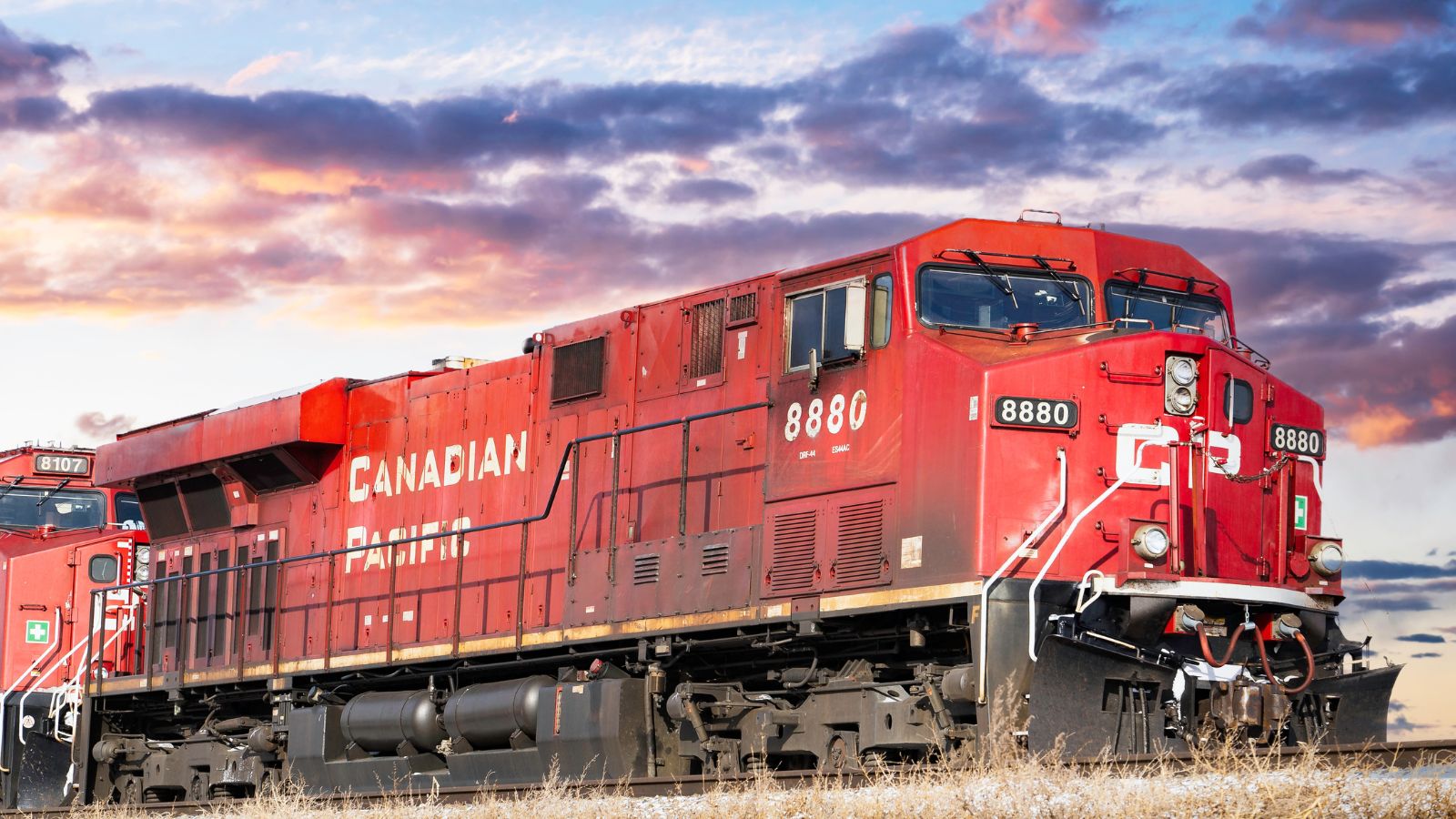
After years of neglect, northern railway lines in Canada are being revived to connect isolated communities and support Arctic development. Projects like the Hudson Bay Railway restoration have restored essential access for food, fuel, and trade to regions previously stranded by climate damage. These efforts combine Indigenous partnerships with modern engineering, making them a quiet symbol of climate adaptation success. While American coverage often focuses on airline routes or highways, this northern rail comeback is a story of connectivity, sovereignty, and resilience that shows infrastructure doesn’t need to be flashy to change lives.
Quebec’s Renewable Power Exports to the U.S.
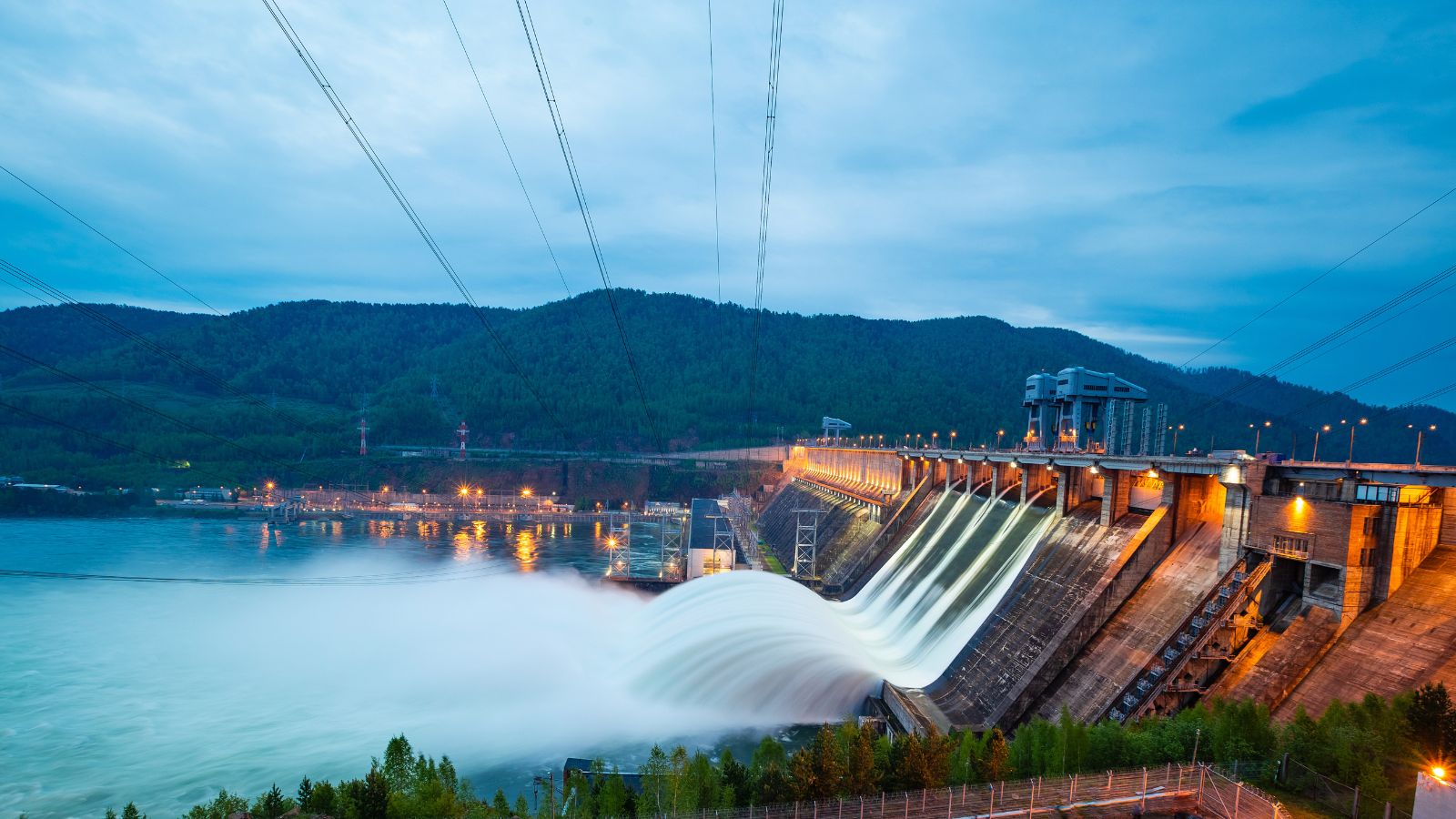
Quebec’s hydroelectric industry is powering more of the northeastern United States than most Americans realize. Through massive cross-border energy deals, clean electricity from Quebec now supplies cities like Boston and New York. These projects drastically reduce carbon footprints while boosting Canada’s economy. Yet the narrative is often framed as U.S. “energy independence” rather than binational cooperation. Behind the scenes, Hydro-Québec’s renewable energy model stands as one of the most successful clean energy exports in the world, showing how regional cooperation could accelerate the North American transition to sustainability if properly credited.
Alberta’s Shift from Oil to Hydrogen

While Alberta’s oil sands have long been controversial, the province’s pivot toward hydrogen production is one of the most ambitious industrial transitions underway. Backed by billions in federal and private investment, Alberta is becoming a leader in clean hydrogen for export to Europe and Asia. This strategic pivot shows a pragmatic move beyond fossil dependency. Yet U.S. coverage continues to portray Alberta through outdated narratives about oil pipelines. The region’s new hydrogen economy could soon position it as a global supplier of carbon-neutral energy, rewriting its legacy in the process.
Toronto’s Affordable Housing Innovations

Toronto’s housing affordability crisis has sparked policy experiments that urban planners worldwide are watching. Initiatives like modular housing for low-income residents, co-op development programs, and inclusionary zoning have begun to reshape the housing supply. The city’s collaboration between nonprofits, developers, and government aims to create 40,000 affordable units by 2030. Unlike the U.S., where housing debates often stall at partisanship, Toronto’s pragmatic approach is delivering tangible results. This quiet success story offers lessons in urban resilience that rarely make international headlines despite its replicable model.
Newfoundland’s Offshore Wind Projects

Newfoundland and Labrador are investing heavily in offshore wind farms, transforming a region once reliant on oil into a renewable powerhouse. With consistent winds and proximity to European markets, these projects are poised to make Canada a top exporter of clean energy. International investors from Germany and Norway are backing large-scale developments like Project Nujio’qonik. It’s a rare story of economic transformation through sustainability, blending local employment with green innovation. American media often overlooks such progress, focusing instead on outdated stereotypes of Canadian resource dependency.
Montreal’s Role in Artificial Intelligence Ethics

Montreal is home to one of the world’s largest AI research clusters and the birthplace of the Montreal Declaration for Responsible AI. Scholars from Mila, McGill, and Université de Montréal are shaping global discussions about AI ethics, bias prevention, and transparency. Tech companies from Europe and Asia collaborate here to test human-centered AI models. Yet this leadership rarely reaches American audiences, who mostly associate AI with Silicon Valley. Montreal’s balanced, academic-first approach has made it the conscience of the AI industry, emphasizing morality over profit.
Saskatchewan’s Agricultural Revolution

Saskatchewan’s precision agriculture sector has quietly become world-leading. Using satellite mapping, soil sensors, and AI analytics, farmers maximize yields while minimizing waste and emissions. The province exports sustainable techniques and equipment globally, influencing how food systems adapt to climate change. It’s a major shift from traditional farming to tech-driven productivity. While U.S. outlets often focus on Midwest agriculture, Saskatchewan’s breakthroughs show what happens when innovation meets environmental stewardship, a blend rarely highlighted south of the border.
The North’s Indigenous-Led Tourism Boom

Northern territories are experiencing a surge in Indigenous-led tourism, offering authentic experiences rooted in cultural heritage. From Nunavut’s Arctic wildlife tours to Yukon’s ancestral storytelling lodges, this movement is reshaping global perceptions of tourism and reconciliation. It provides sustainable economic growth and preserves Indigenous languages and traditions. Despite its international recognition, this success story receives little U.S. coverage. It’s a thriving example of how Indigenous entrepreneurship can drive conservation, community, and cultural pride all at once.
The Resurgence of Canadian Manufacturing
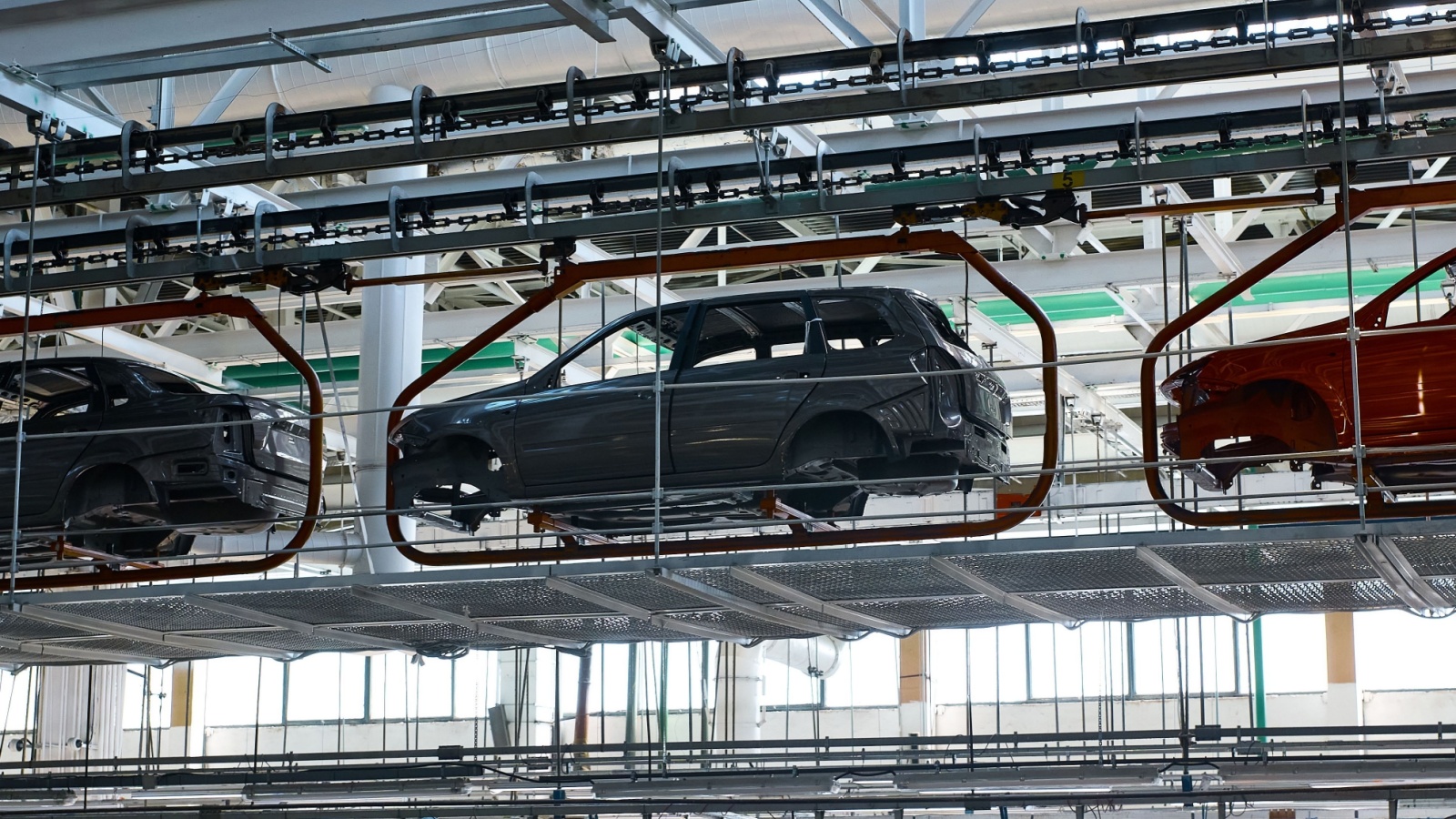
While globalization hollowed out factories worldwide, Canadian manufacturing has rebounded with automation and green tech. Ontario’s electric vehicle production, battery plants, and semiconductor investments are drawing record capital. Automakers like Stellantis and Honda are reinvesting heavily, betting on Canadian stability and clean energy. This comeback contrasts sharply with U.S. industrial decline narratives but receives little recognition. It’s one of North America’s best examples of sustainable reindustrialization powered by skilled labor, policy foresight, and innovation.
Legal Milestones in Assisted Dying Rights

Canada’s evolving assisted dying legislation, one of the most progressive globally, has influenced similar debates in Europe and Australia. The Medical Assistance in Dying (MAID) framework emphasizes patient autonomy and ethical clarity. It’s an emotionally complex issue, yet Canada’s open, regulated approach offers lessons in balancing compassion with accountability. American media often sidesteps this discussion due to political sensitivity, missing how Canada’s legal system has become a global reference point for end-of-life dignity.
The Success of Universal Childcare Programs

The federal childcare plan has reduced costs for parents nationwide to as low as $10 a day, increasing workforce participation and boosting equality. Provinces like Quebec had already proven the model’s success, but now the national rollout is transforming labor economics. Women’s workforce participation has reached record highs, and early childhood education quality is rising. While this represents one of the most effective social policies in the Western world, U.S. outlets rarely mention it, even as their own childcare costs skyrocket.
The Transformation of Urban Transit Systems

Cities like Ottawa, Edmonton, and Calgary are investing billions in electric light rail systems that connect suburbs to downtown cores efficiently. These long-term projects reduce emissions and reshape urban design for walkability. Unlike the U.S., where transit debates often collapse under politics, these Canadian cities are quietly building next-generation networks that blend public and private funding. It’s not flashy, but it’s redefining mobility and accessibility for generations.
Canadian Arctic Sovereignty Efforts

As melting ice opens northern shipping routes, Canada is investing in Arctic sovereignty through new icebreakers, satellite surveillance, and Indigenous ranger programs. These initiatives balance national security with climate science. The approach blends defense, diplomacy, and sustainability, something absent in most American portrayals of Arctic geopolitics. This leadership in peaceful sovereignty maintenance is shaping international law and maritime cooperation quietly but effectively.
The National Park Expansion Strategy
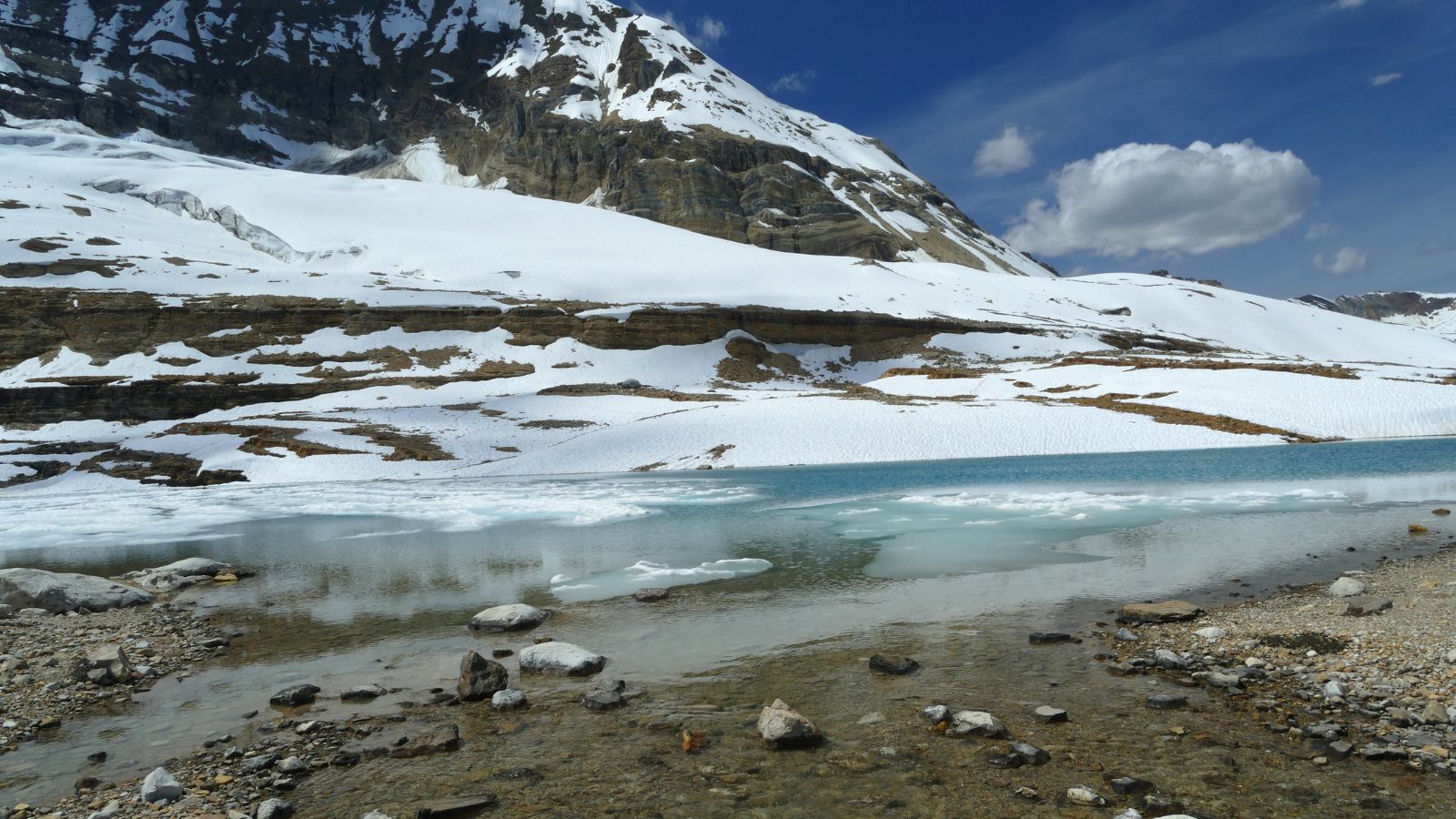
Parks Canada has been expanding protected areas at a record pace, including major new parks in British Columbia and the Arctic. This expansion not only safeguards biodiversity but also boosts eco-tourism and Indigenous stewardship partnerships. It’s one of the largest land conservation efforts in the world, yet receives minimal U.S. attention. In an era of environmental urgency, this national commitment to preservation stands as a practical demonstration of ecological foresight rather than rhetoric.
The Rise of Francophone Africa-Canada Trade Relations
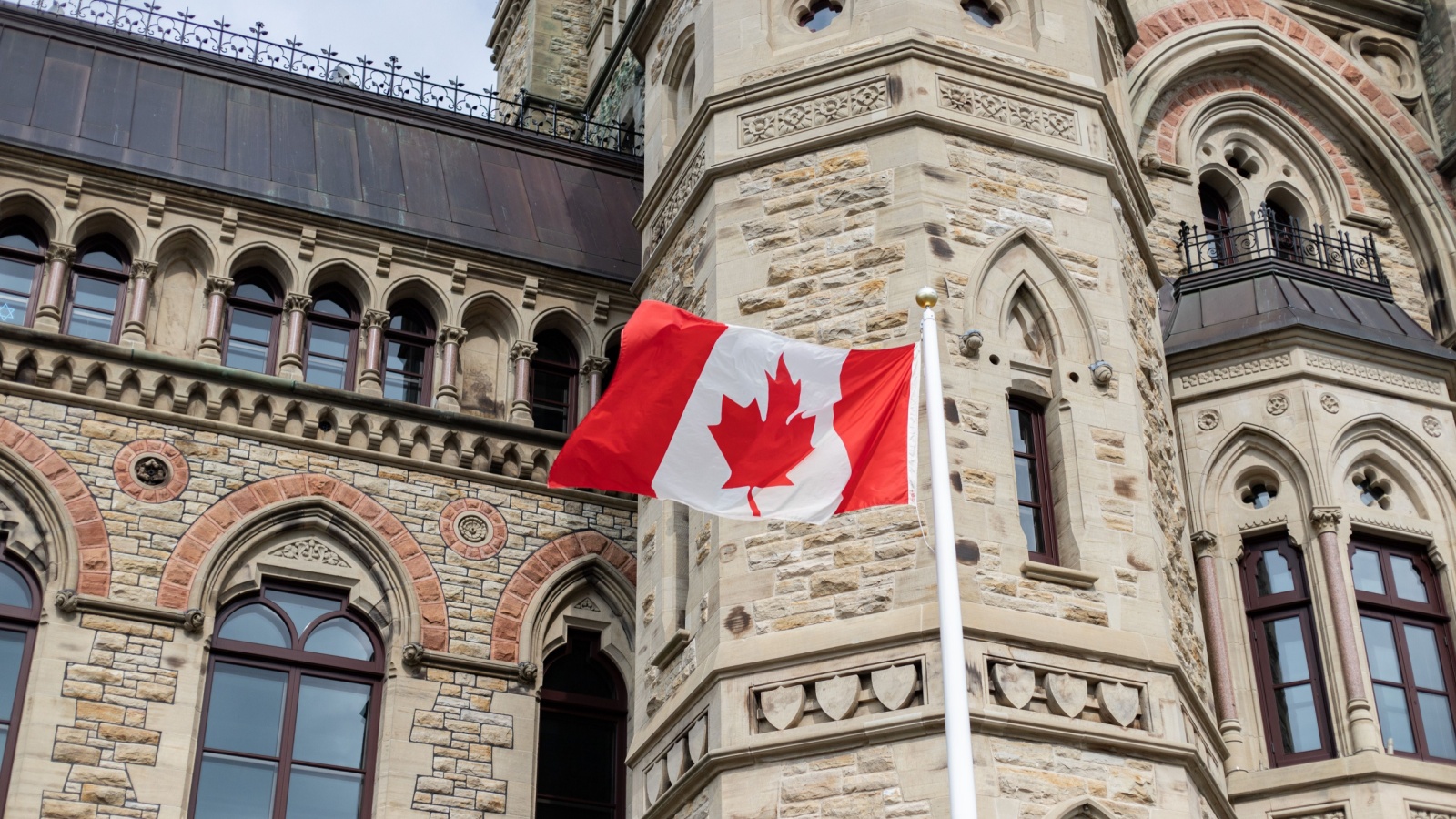
Trade between Canada and Francophone African nations has surged, driven by education, mining, and digital innovation partnerships. Montreal serves as a cultural and economic bridge between continents, leveraging shared language and policy frameworks. While U.S. media fixates on China-Africa dynamics, Canada’s nuanced, sustainable approach to trade is building genuine cooperation. It’s a modern, post-colonial model for equitable globalization rarely discussed in international headlines.
The Quiet Revolution in Mental Health Care

Canadian provinces have expanded mental health coverage through universal insurance, community-based clinics, and telehealth programs. Suicide prevention initiatives and youth counseling access have improved dramatically. While the U.S. continues to struggle with cost and access barriers, Canada’s reforms demonstrate how integrating mental health into public health systems can produce measurable social benefits. Despite its success, this remains a domestic story rarely amplified internationally.
The Cultural Explosion of Canadian Film and TV

Canadian cinema and television have quietly grown into global contenders. Productions like “Schitt’s Creek,” “Kim’s Convenience,” and “The Last of Us” (filmed in Alberta) showcase strong writing, diversity, and talent. Film hubs in Vancouver and Toronto rival Hollywood in infrastructure and affordability. Yet American viewers often assume these productions are U.S.-made. The creative industries north of the border are thriving independently and deserve recognition for shaping global pop culture.
Leadership in Refugee Resettlement
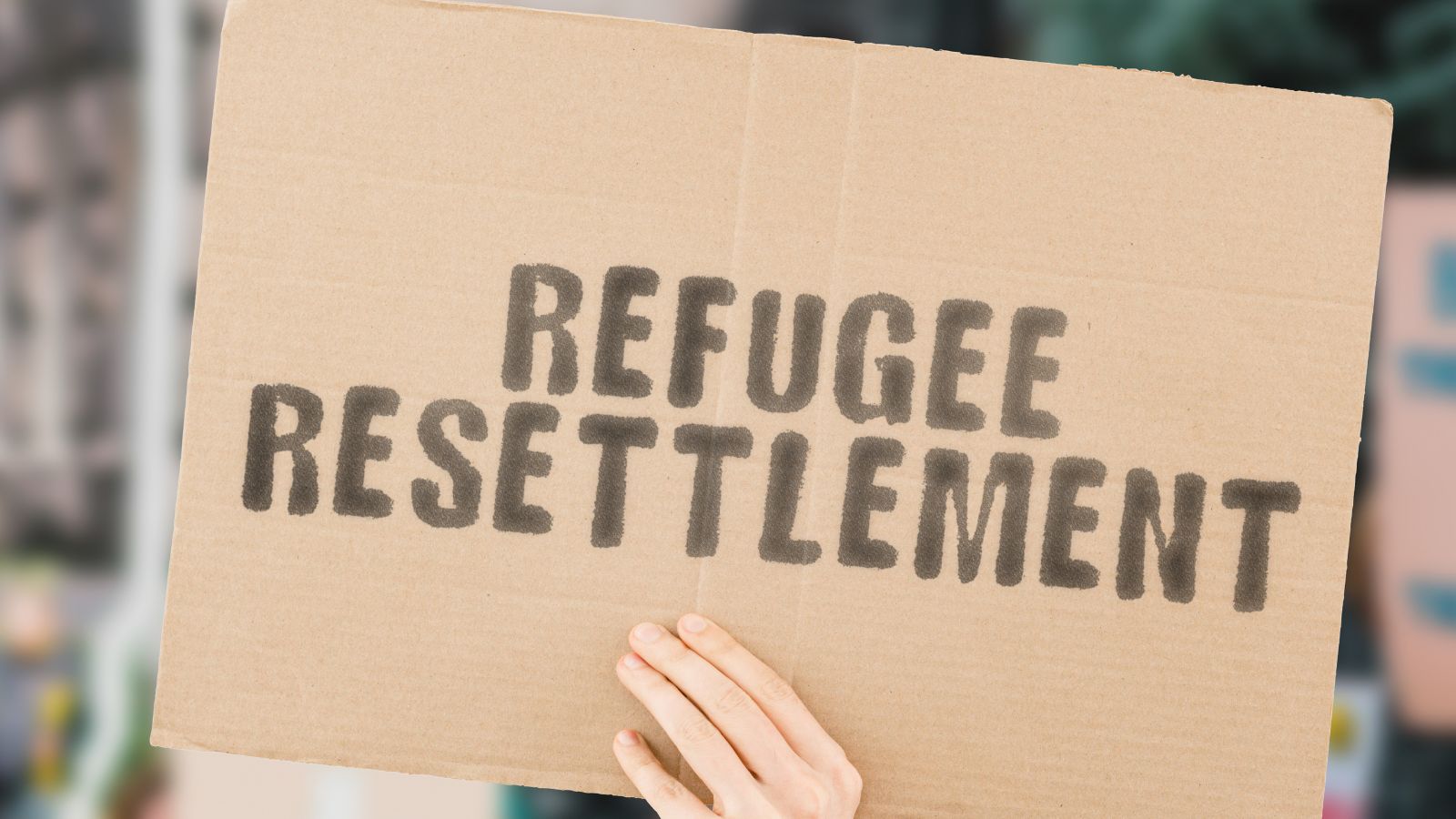
Over the last decade, Canada has consistently led global refugee resettlement efforts, admitting more refugees per capita than any other country. Government sponsorship and citizen-led programs work together to provide housing, jobs, and integration support. This compassionate model contrasts with restrictive policies elsewhere and has earned UN praise. Despite its moral and logistical achievements, it’s rarely covered internationally. It’s proof that large-scale humanitarian programs can succeed when politics doesn’t overshadow empathy.
21 Products Canadians Should Stockpile Before Tariffs Hit

If trade tensions escalate between Canada and the U.S., everyday essentials can suddenly disappear or skyrocket in price. Products like pantry basics and tech must-haves that depend on are deeply tied to cross-border supply chains and are likely to face various kinds of disruptions
21 Products Canadians Should Stockpile Before Tariffs Hit
